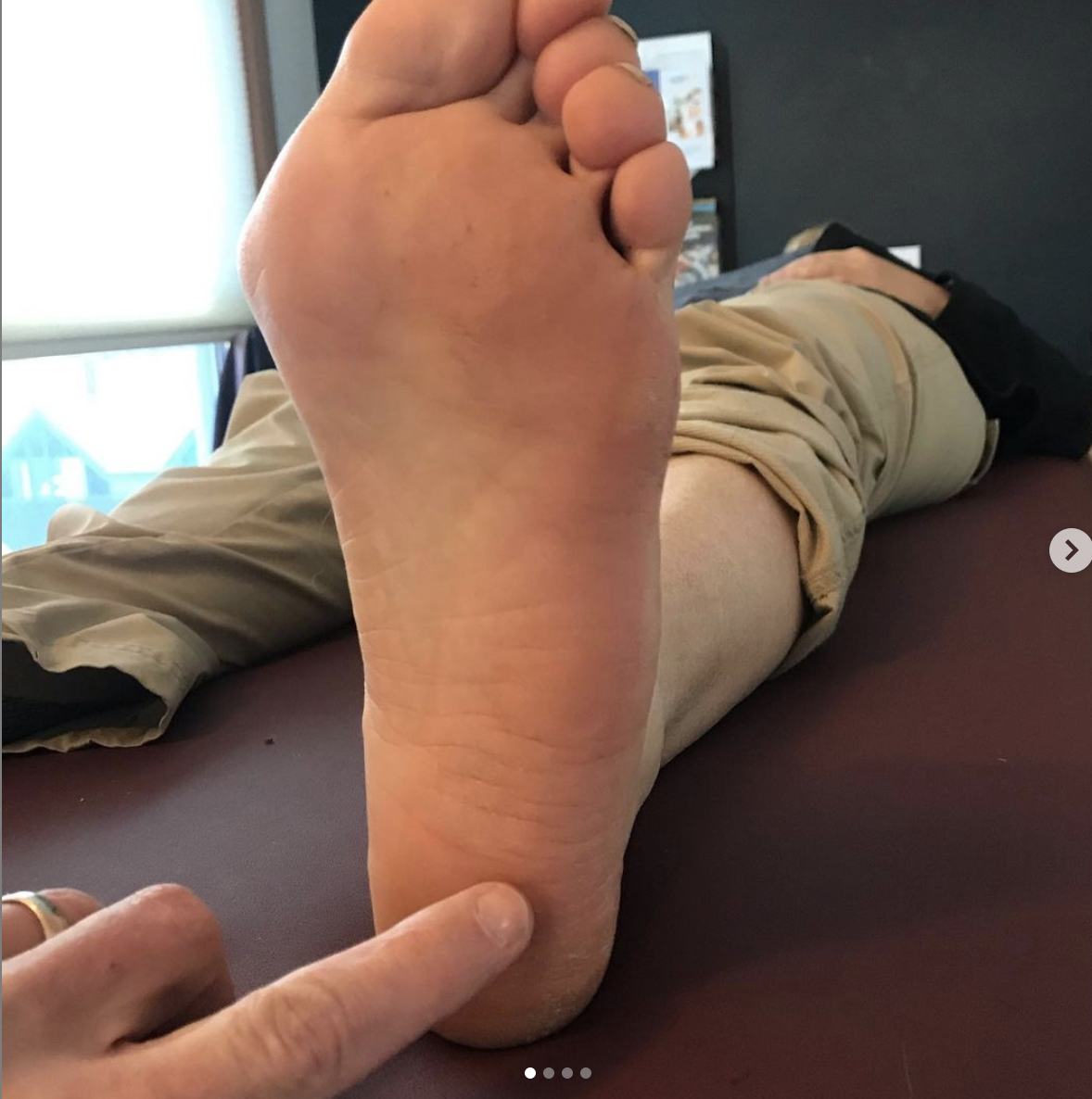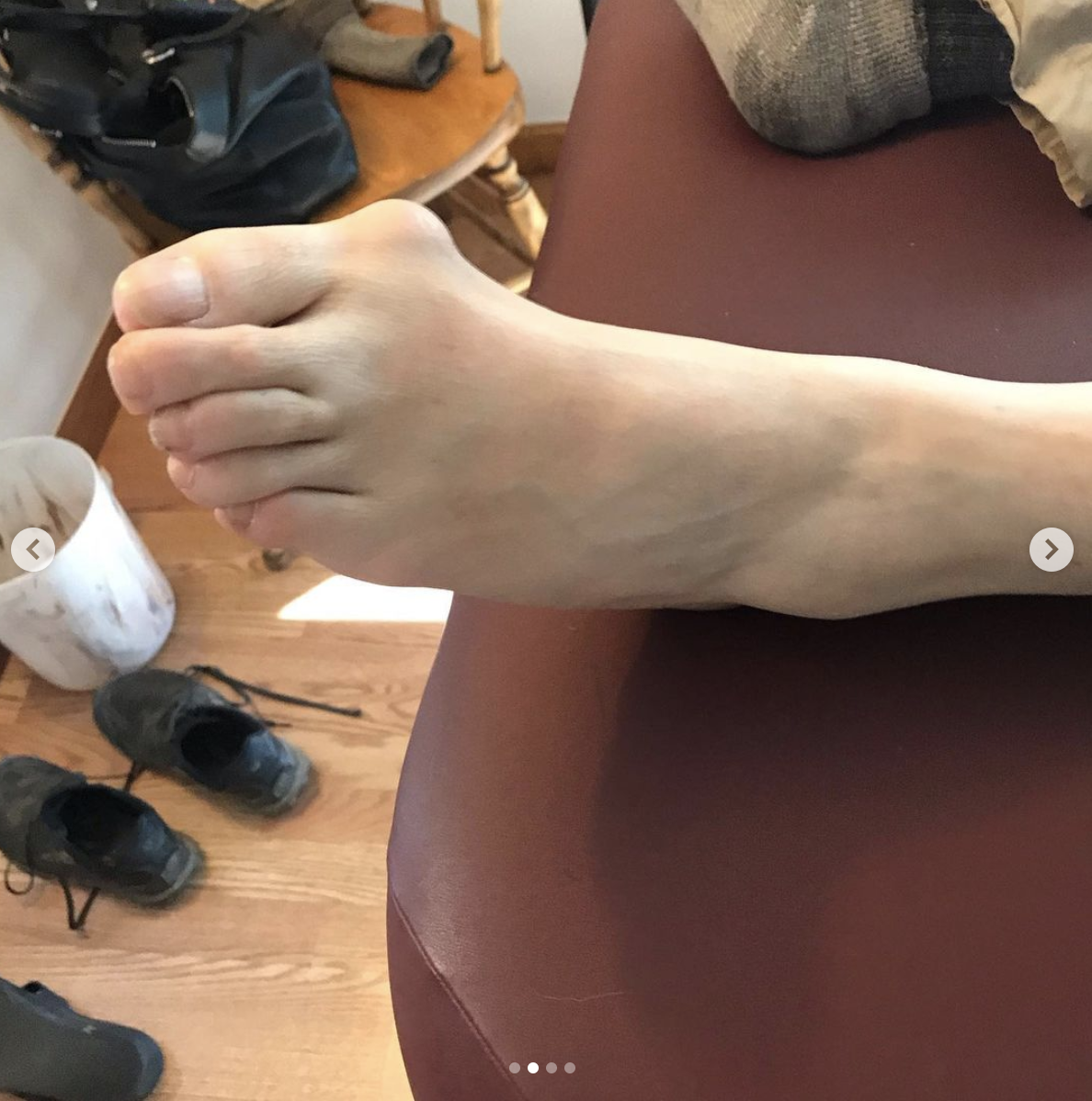Can you guess why this patient has lateral heel pain?
/This gal presented with pain on the lateral aspect of her heel, as opposed to the medial calcaneal facet, after hiking, longer than four hours. The discomfort comes on, stays with her for the next few days and then dissipates
Take a good look at her foot. She has a moderate hallux abductovalgus which tells you that she has either a forefoot supinatus or forefoot varus. This means that she cannot get The head of her first ray to the ground which means that she will have to overpronate through her midfoot; this will cause tension in the plantar fascia. She also has limited ankle dorsiflexion and hip extension on that side that compound the pronation problem
OK, so why lateral rather than medial pain?
As you can see, she has weakness of the long extensors and extensor hallucis brevis and very little promontory control. She has to get into her long flexors to try to control pronation in her foot which is a common strategy. The quadratus plantae, which takes its origin from the lateral calcaneal facet as well as attaching to the flexor tendons to augment their pull. They will be called into action and hers is overactive. She had tenderness to palpation at the quadratus insertion deeply with little palpable activity during active testing of flexion of the toes
The fix?
She was given shuffle walk exercise along with toe waving exercises in an attempt to increase extensor activity as well as for the sink the head of the first Ray. Peroneal activities will be added. We did acupuncture of the quadratus plantae and long extensor origin/insertions.
#FootPain#PlantarFasciitis #PlantarFascialPain#QuadratusPlantae #Gait#GaitAnalysis #FootExam



















